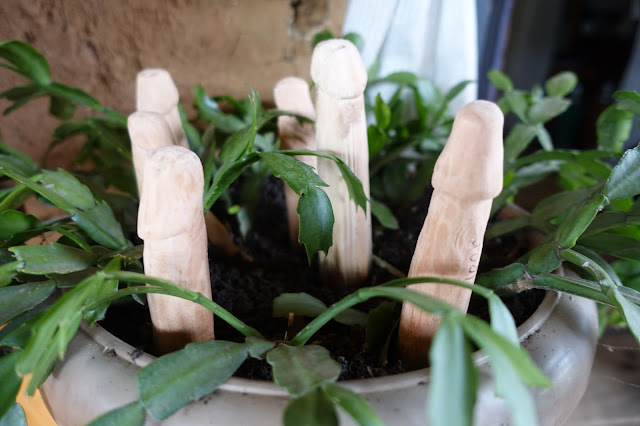Qatar Airways deserves its ranking as 5 Star, World's Best Airline. Get this. The scheduled flights from Boston to Kathmandu on Qatar involved an 11 hour layover in Doha. Although that might sound awful, it was anything but. The airline provides a free hotel room, expedites and pays for a free tourist visa to leave the airport, a free tour of the city and free round-trip transportation.
 |
| You know there's something noticeably shiny, new and wealthy about this place when you step out of the airport and all of the taxis are matchy matchy turquoise. |
Instead of taking the tour, we grabbed our own taxi and went directly to the Museum of Islamic Art to be sure to see it before closing time. From the taxi drop-off point, the museum's imposing modern palace-like grounds are reached by a long tree-lined walkway along the waterfront. People linger along the seawall in the warm evening air, gazing at the neon-lit boats and tourist market.



With less than one hour until closing time, we hurried in, hoping to be able to at least get a sense of the collection and catch some of the highlights. No need to stop to pay. Admission is free. The helpful, English-speaking guard handed us a map of the galleries and suggested that we make sure to see the top draw: the Mohammed Ali collection. Really. The museum is an enormous lavish structure created by architect I.M. Pei (who designed the Louvre's glass entry). The atrium soars about 5 stories and suggests grandeur and gilded riches of the ancient past. Yet, the guard directed us to the Museum of Islamic Art's crown jewel: a bunch of Ali-Foreman posters and other boxing memorabilia.

Having zipped through that exhibit, we had time to stroll the remainder of the museum's galleries strung along the perimeter of the building. It is an admirable beginning to the project to deploy Qatar's wealth to acquire and display ancient and modern art. But for now, the collection is manageable enough for an in-transit tourist to walk the whole thing in less than one hour.
 |
| 13th Century Qur'an in Maghreb Script from Andalucia |
Thank you Qatar Airways for an such a great reason to look forward to an eleven hour layover.
 |
| Huge hotel room provided gratis by Qatar Airways |

































